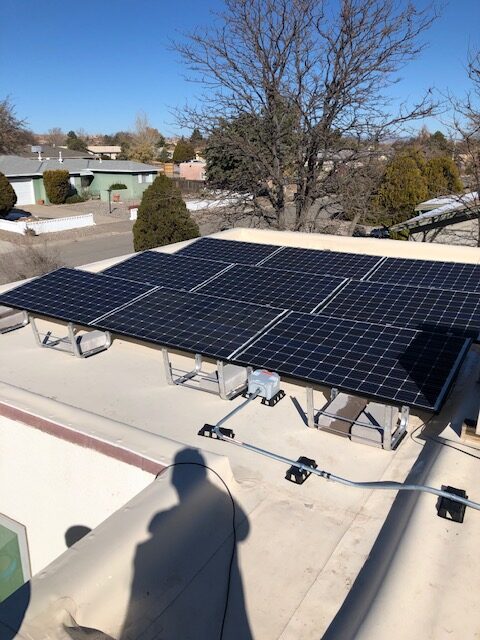Here’s How Solar Panels are Made
- On Feb, 03, 2021
- GetElectricAZ
- how solar panels are made

HOW ARE SOLAR PANELS MADE ANYHOW?
There are still cynics today who give little weight to the benefits of solar power and other renewable energy sources. Let’s take a look at how solar panels are manufactured and how environmentally friendly the process is.
Regardless of the enormous free energy source, gleaming in the sky, cynics still deny or make light of the benefits of solar power and other renewable sources of energy. They question the effectiveness, compared with the expense, or what happens when it’s cloudy?
We have easily addressed these misconceptions, however another question that inevitably comes up is, what are they made of and are we harming the environment by making them? This is a bit more complicated to answer.
TO BEGIN WITH, THERE’S THE PANEL ITSELF.
The panels you see installed on houses and businesses are made up of many solar cells called photovoltaic cells, which are made of silicon semiconductors that take in sunlight and make an electrical current. The solar cells are linked together to create the complete panel.
For a more scientific understanding, we can examine the structure of these individual cells.
They consist of 2 different forms of semiconductors; a positive “P” type and a negative “N” type silicon layer.
The N-type has extra electrons that will travel around rather freely, while the P-type layer has electron gaps referred to as holes. When the 2 layers are joined together, the electrons start to migrate from the N type over to the P type, forming a specialized terminal and creating electric capacity within the panels. As the sunlight is absorbed into the junction, the photon will kick an electron loose and leave behind a vacancy, or hole. As this process continues, and more electrons move to fill the new holes, the free electrons start to amass at the pole. The gathered electrons then continue through a conductor, producing an electric current.
WHY IS SILICON USED?
The performance ability of the P and N junction was discovered in the 1940s by a researcher at Bell Labs, by the name Russell Ohl. He observed that an element found in sand, known as silicon, displayed attributes that were favorable towards the creation of this junction. Scientific studies continued to add to Ohls findings, enabling Bell Labs in 1954 to introduce the very first solar cell. This display inspired the New York Times article, which predicted that solar cells would ultimately result in the “realization of one of mankind’s most cherished dreams, the harnessing of the almost limitless energy of the sun”. Today, photovoltaic (PV) cells have come a long way, typically being mass produced, with the use of lasers. The next component is the inverter. Solar cells store the sun’s energy and convert it into direct current (DC) electricity. However, most houses and commercial properties use alternating current (AC). The inverter turns the DC electricity from the solar panels into operative AC electricity.
Lastly, is the mounting hardware to install the system on a roof or on the ground. In the northern hemisphere, solar panels should typically face south. They should also be fastened at about a 30 to 45 degree angle, relative to the distance from the equator. Stationary mounts keep panels fixed in place, while track mounting systems which “follow” the sunlight throughout the day are also available, but are usually more costly.
